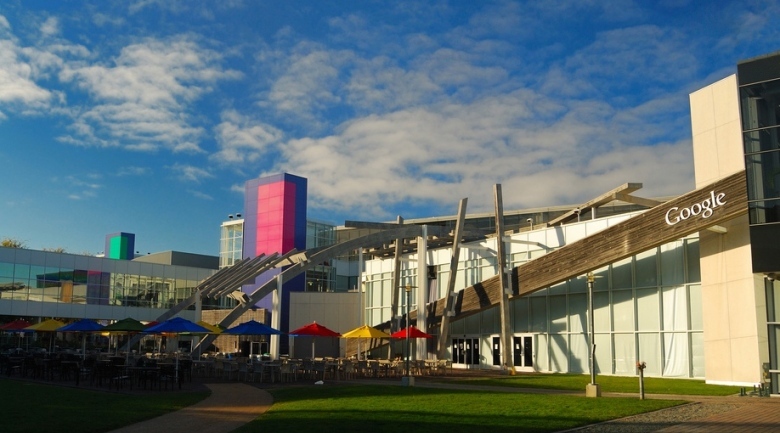
Google is reluctant to discuss its robotics operation publicly. However, behind the scenes, the company is laying the groundwork for intelligent, multipurpose robots, according to interviews with people familiar with the projects and research published in academic repositories.
The autonomy within Alphabet may help the company accelerate efforts to develop robotics systems capable of solving a wide range of everyday problems. Google’s robotics group, which has grown substantially in the last two years thanks to at least eight acquisitions including Boston Dynamics, has already made strides. The company is using its immense resources to build machines that could someday serve as domestic helpers or security droids.
Research published periodically reveals technical breakthroughs and provides a road map for where Google robots are headed. For example, the company is experimenting with feeding short video clips into machines’ electronic brains to improve their vision, according to a Google paper. The technique uses snippets of footage to give computers a better sense of what, say, a banana looks like from multiple angles. The system can also work with video shot on standard mobile phones, the researchers write.
Google hasn’t discussed how its robotics ambitions may someday turn into a moneymaker. Scott Strawn, an analyst at research firm IDC, doesn’t expect Google to commercialize its technology anytime soon. But robots are a natural extension of artificial intelligence, which is a big area Google has invested in for search and other products, he says. “They have many of the world’s experts in AI on their payroll. You can look to them to be at the forefront of that technology, and it’s that which will enable a robotics program.”
The company’s DeepMind AI team has started applying a version of its software learning system to robots. An earlier incarnation of that system enabled computers to figure out how to play and master retro video games on their own. The robot version, outlined in a paper published Sept. 9, learned how to solve more than 20 simulated tasks, including driving a car, hitting a hockey puck, and walking, by watching low-quality footage.
Google recently solved another tricky problem in robotics: teaching robots how to grasp an object. Along with the University of Washington, Google developed a system allowing robots to classify an object within a fraction of a second and find the right spot to grab, according to another recent paper.
Jeff Dean, a senior fellow at Google, says his research team is looking at using “deep learning” techniques, which allow computers to discover patterns within reams of data, to improve how robots see and move around the world. “We have a couple of robots we’re playing with,” Dean says.
Larry Page, who will become chief executive officer of the new Alphabet, has been making significant commitments to robotics, but some executives in the industry are skeptical about the company’s long-term goals. Rich Mahoney, executive director of the robotics lab at SRI International, questions whether a robot will ever materialize as an actual product. Whatever happens, Google probably won’t rush a robot out anytime soon, says Steve Cousins, the CEO of robotics startup Savioke and former chief of Willow Garage. “They have the opportunity to do something long-term.”
Google’s robotics projects have been mostly self-contained, but the company has begun collaborating, in small ways, with other groups. One of those is the Open Source Robotics Foundation, which helps steward the development of a free operating system designed to run on many different types of robots. The Robotics Operating System, or ROS, has been adopted by some groups at Google, says Nate Koenig, the chief technology officer at the foundation.
Google, like other ROS users, has alerted the foundation to software bugs it finds and has contributed fixes, Koenig says. Google engineers have also worked with the foundation on Project Tango, an experimental system to add sophisticated mapping capabilities to mobile devices. However, Koenig says he’s not aware of “any major contribution by Google” to the project.
Everyone is waiting to see whether Google fully adopts the open-source ROS or creates a competing operating system as it did in phones and computers, Koenig says. “They could come out with their own Android,” he says. “They could also come out on the side of ROS.”
